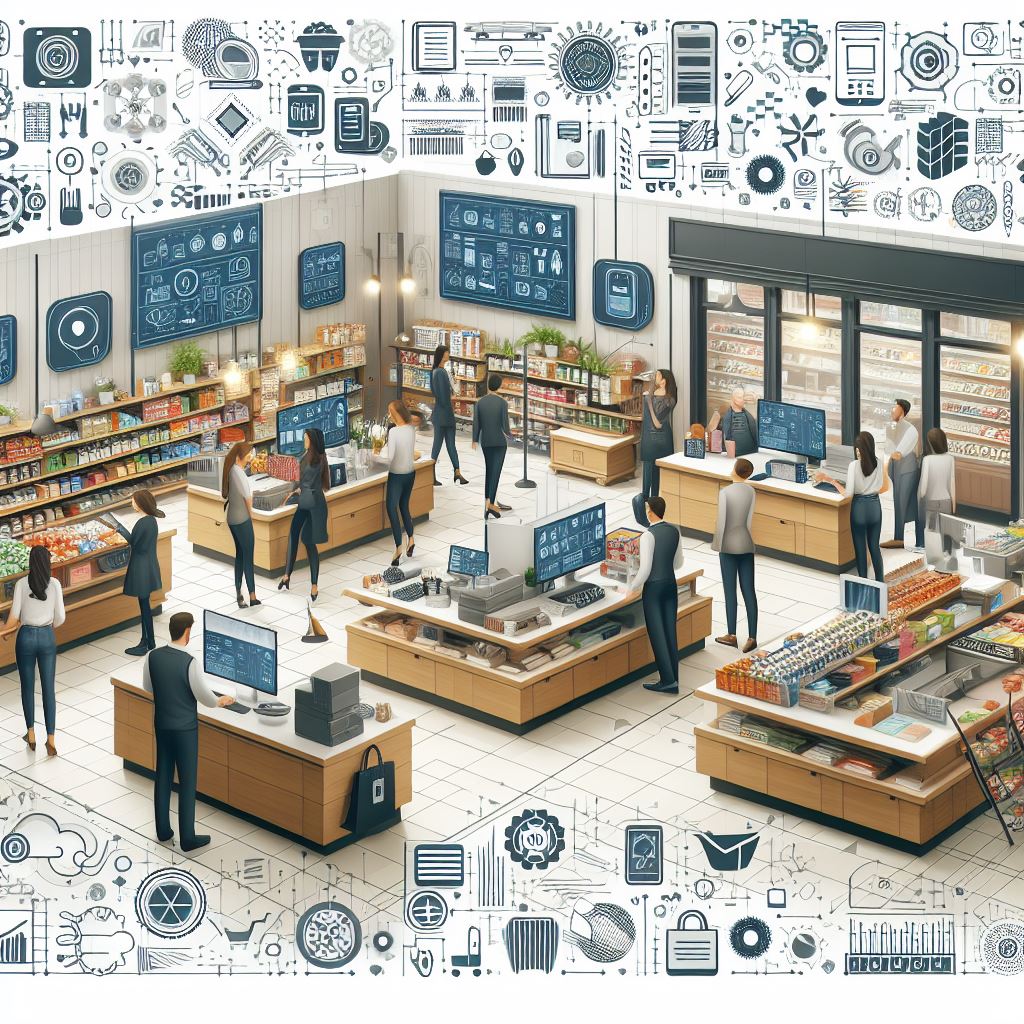Navigating the Essentials of Retail Store Operations

In the ever-evolving landscape of the retail industry, understanding the fundamentals of store operations is crucial for anyone aspiring to succeed in this dynamic field. Store operations encompass a range of activities and processes that together create a seamless shopping experience for the customer while ensuring efficiency and profitability for the business.
The Evolution of Retail Operations
Retail operations have undergone a profound transformation over the past few decades. Initially, the focus was primarily on physical store management, where the key concerns were maintaining inventory levels, efficient staffing, and optimizing the sales floor layout. This traditional approach was somewhat straightforward but limited in scope and scalability.
However, with the digital revolution, the retail industry experienced a paradigm shift. The integration of technology in retail operations has opened new avenues for customer engagement and business optimization. The emergence of e-commerce platforms and the rise of online shopping have necessitated a more integrated approach to retail management. Omnichannel strategies, which blend physical and digital sales channels to provide a seamless customer experience, have become the norm rather than the exception. According to a report by the National Retail Federation, retailers who adopt omnichannel strategies achieve 91% greater year-over-year customer retention rates compared to businesses that don’t. This shift has not only enhanced the shopping experience for customers but has also provided retailers with invaluable data, allowing for more targeted marketing strategies and improved inventory management.
Core Elements of Retail Store Operations
At its core, retail store operations involve several key components:
- Inventory Management: Efficiently managing stock levels is critical in retail operations. This involves maintaining the right balance of stock – not too much to incur unnecessary costs or too little to miss out on sales. Effective inventory management ensures that customer demand is met without overstocking, thus optimizing the supply chain. It involves the use of advanced inventory management systems that can track stock levels in real-time, forecast demand, and automate reordering processes.
- Sales and Customer Service: In retail, the customer is king. Ensuring customer satisfaction is paramount and is achieved through effective sales techniques and high-quality customer service. Sales strategies have evolved to include personalized experiences, where customer data is used to tailor recommendations and services. Customer service, on the other hand, extends beyond the point of sale to include after-sales support, handling returns and exchanges efficiently, and maintaining a positive relationship with the customer.
- Store Layout and Design: The physical layout and design of a store play a significant role in the shopping experience and, ultimately, sales. A well-planned store layout can guide customers through the store, encouraging them to browse and discover products. It’s about creating an environment that is both aesthetically pleasing and functional, where customers feel comfortable and engaged. According to Deloitte, stores with well-thought-out layouts and designs can see an increase in sales by up to 40%. This aspect of retail operations requires an understanding of customer behavior, effective space management, and the ability to adapt to changing trends.
Implementing effective store operations requires a balance between operational efficiency and creating an engaging shopping environment. Retailers must be agile, ready to adapt to changing market trends, and always looking for ways to improve the customer experience. Leveraging technology, understanding customer behavior, and maintaining a strong brand are key to success in this dynamic industry.
Conclusion
Retail store operations are the backbone of any successful retail business. They have evolved from traditional storefront management to encompass a wide range of strategic, customer-focused activities. In today’s competitive market, retailers who can effectively manage these diverse elements can create a thriving business that not only meets but exceeds the needs of the modern consumer. The future of retail lies in the continuous innovation of these operations, adapting to technological advancements, and putting the customer at the heart of every strategy.